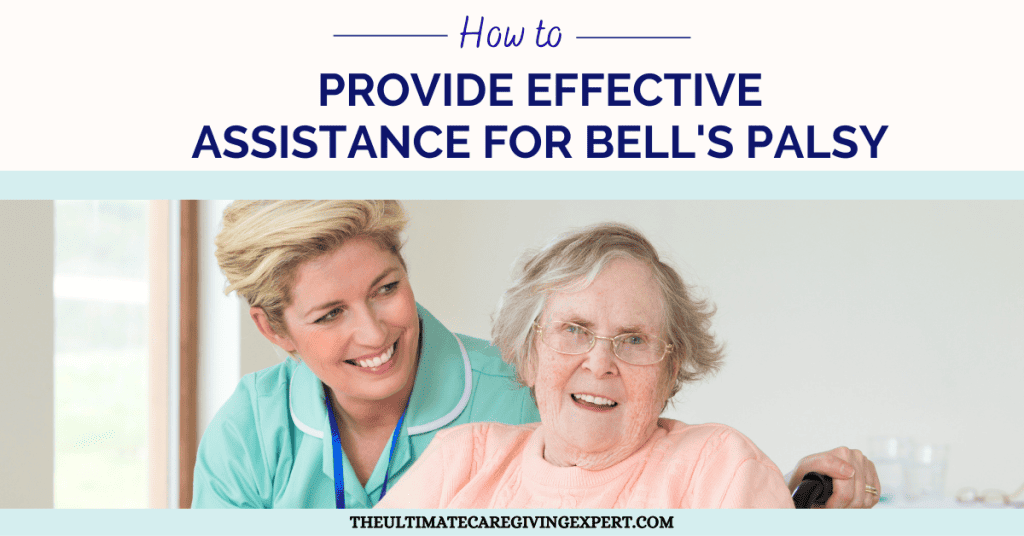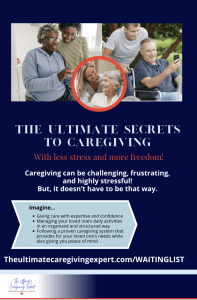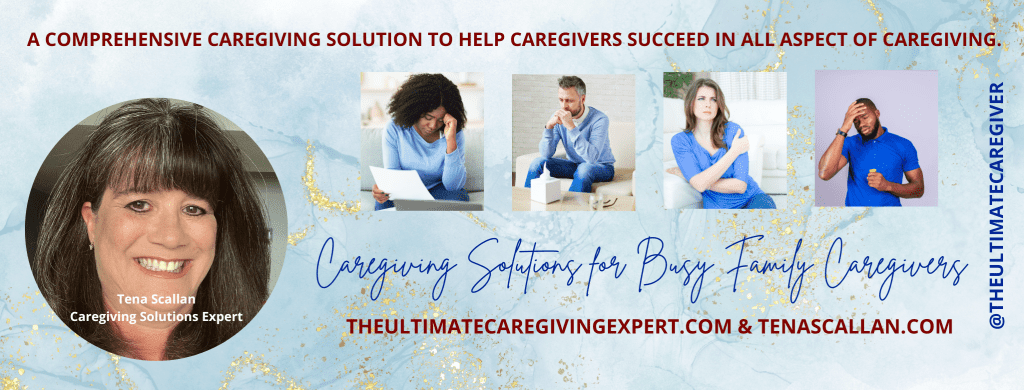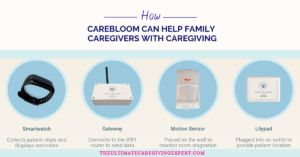Bell’s palsy in the aging
Understanding Bell’s Palsy
The many functions of the facial nerve
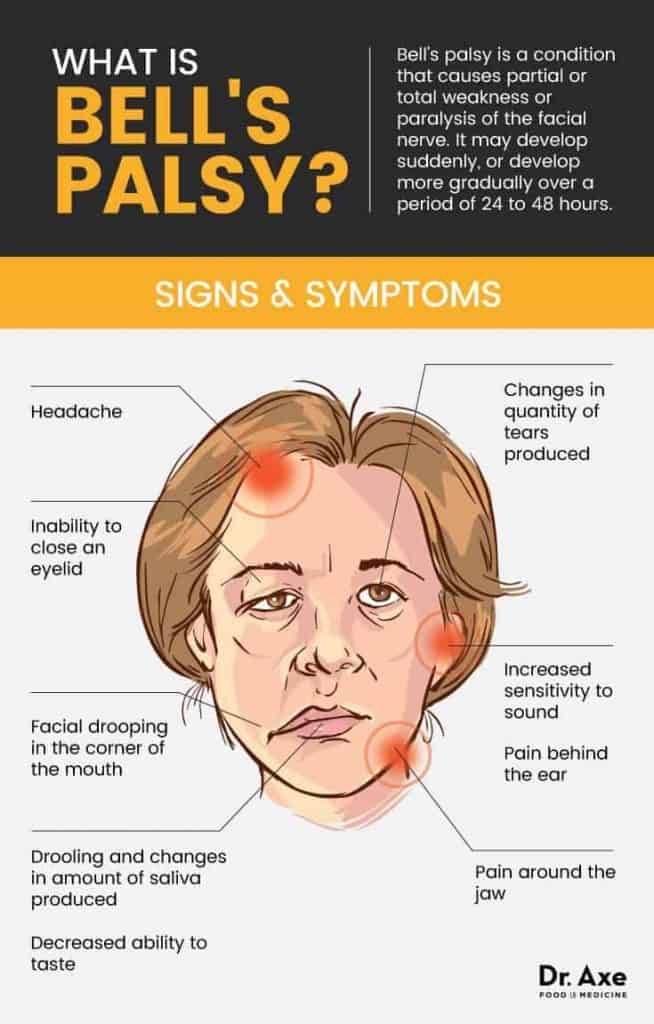
Causes of Bell’s Palsy in the aging
- Having cold sores
- Suffering from influenza
- Diabetes
- Upper respiratory tract infection
- Uncontrolled hypertension
- Getting very upset for long periods
Symptoms of Bell’s palsy
- The symptoms begin with modest weakness and progress fast to total facial paralysis within hours of beginning.
- Drooling is a condition in which saliva is continuously and uncontrollably lost from the mouth.
- Dizziness coupled with a headache
- Pain behind the ear and in the jaw
- Ringing in one or both ears, as well as heightened sensitivity to sound, particularly on the affected side
- Pain on the afflicted side with increasing sensitivity
- The taste ability diminishes, along with a decreased production of saliva, which ultimately affects the eating ability
- Smiling becomes difficult
- Speech gets affected
- Facial expressions can also be tricky.
- There is a drastic decrease in the production of tears
Treatment for Bell’s palsy
Antiviral medications
Steroid medications
Eye protection
- Covering the eyes with an eye pad or wearing goggles can help.
- In addition, applying eye drops 2 – 3 times a day can help lubricate the eyes and protect them from drying.
- In many cases, doctors may suggest taping the upper and lower eyelids together when asleep. This method also prevents dryness and subsequent damage.
Complications of Bell’s palsy
- Asymmetrical smile
- An abnormal blink
- Damage to the cornea
- Food can get stuck in the cheek on the paralyzed side—a condition called buccinator paralysis.
- Muscles in the nostril can get frozen
- Impaired speech and taste
- Excessive perspiration
- Hyperacusis is a condition where the elderly perceives a typical sound as an unusually loud
- Synkinesis is a condition characterized by an involuntary contraction of muscles. For example, when you smile, there will be an involuntary contraction of the eye muscles on the affected side, causing it to close.
Caregiving Consulting
Caregiving can be challenging, frustrating, and highly stressful!
Most caregivers can’t afford the luxury of stepping away from their daily responsibilities. Taking time out to regroup does not exist in their world.
But it doesn’t have to be that way.
- Find peace in caregiving by tapping into resilience, joy, and radical forgiveness.
- Would you love to give care with expertise and confidence?
- Are you managing your loved one’s daily activities in an organized and structured way?
- You follow a proven caregiving system that provides for your loved one’s needs while giving you peace of mind.
I will tailor the sessions to your specific needs to:
- Explore strategies
- Determine your immediate needs by providing focus and clarity.
- Develop a wellness plan to boost your caregiving journey.
- Ensure that systems are incorporated into your caregiving journey through regular check-ins.
The Ultimate Caregiving Expert Consulting offers tools, services, and resources to give you a fresh, objective perspective on caregiving. This will help enhance your caregiving journey if you feel confined, overwhelmed, or hopeless in the role of caregiver.
Additional Education
Education in caregiving refers to acquiring the knowledge, skills, and understanding necessary to provide care for individuals who require assistance with activities of daily living, such as bathing, dressing, eating, and grooming.
This education can be obtained through formal programs or on-the-job training and experience.
Education in caregiving aims to equip individuals with the skills and knowledge necessary to provide high-quality, compassionate care for those in need.
Caregiving can be challenging, frustrating, and highly stressful!
But . . . it doesn’t have to be that way.
Imagine . . .
- Giving care with expertise and confidence
- Managing your loved one’s daily activities in an organized and structured way
- You follow a proven caregiving system that provides for your loved one’s needs while giving you peace of mind.
If the above sounds like what you need and have been searching for desperately . . . Then you need to enroll in The Ultimate Secrets to Caregiving with LESS Stress and MORE peace course!
Conclusion:
Attending to your loved one with bells palsy can be challenging, but it’s not impossible. With the proper knowledge, you can do this. Remember to care for yourself and keep your business going while caregiving. I’m here to assist you on this journey. Schedule your planning session with me to see how to keep your life and business running smoothly.
Recent research studies have suggested a link between Bell’s palsy and the increased risk of non-hemorrhagic stroke in the population affected by both conditions. [C]ase reports and patient surveys have also pointed this direction. This association may have something to do with patients infected with the HSV–1 virus also having an increased risk of stroke. This supports the hypothesis that the virus was causal in the onset of Bell’s palsy. In addition to that, have a look at this other post about strokes.

